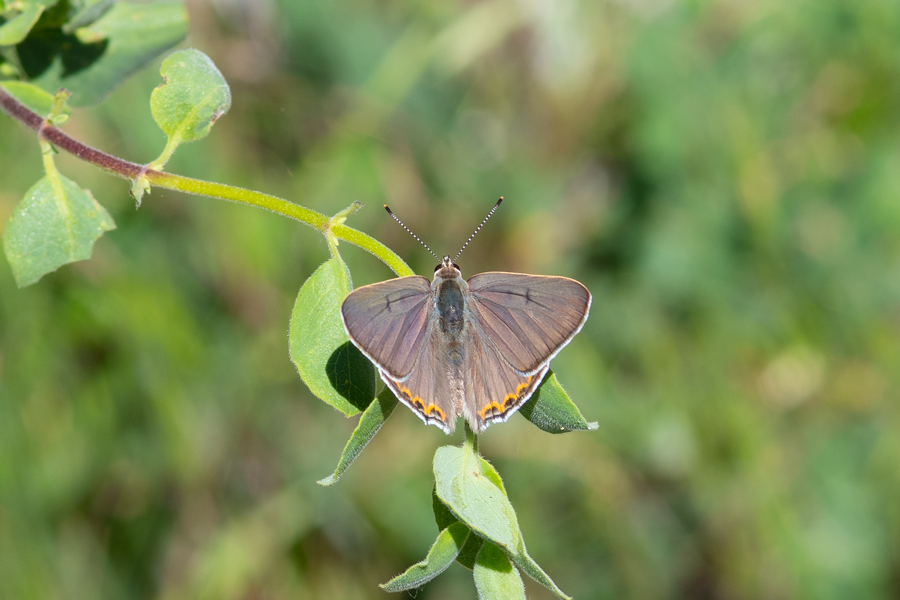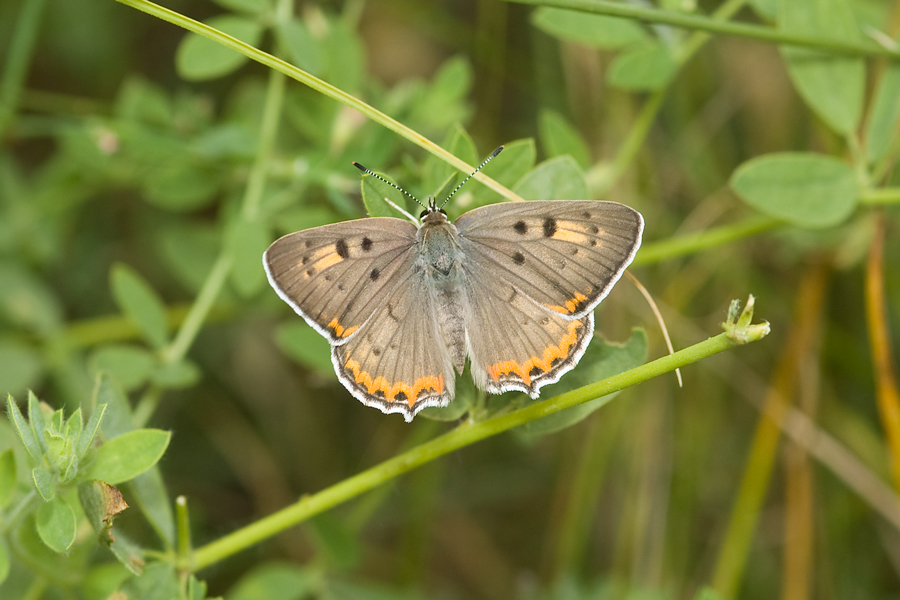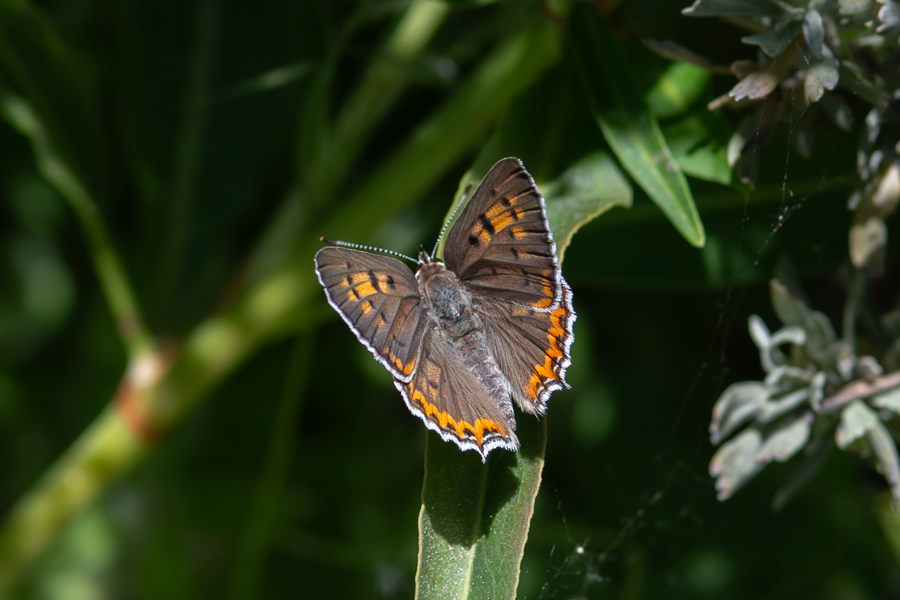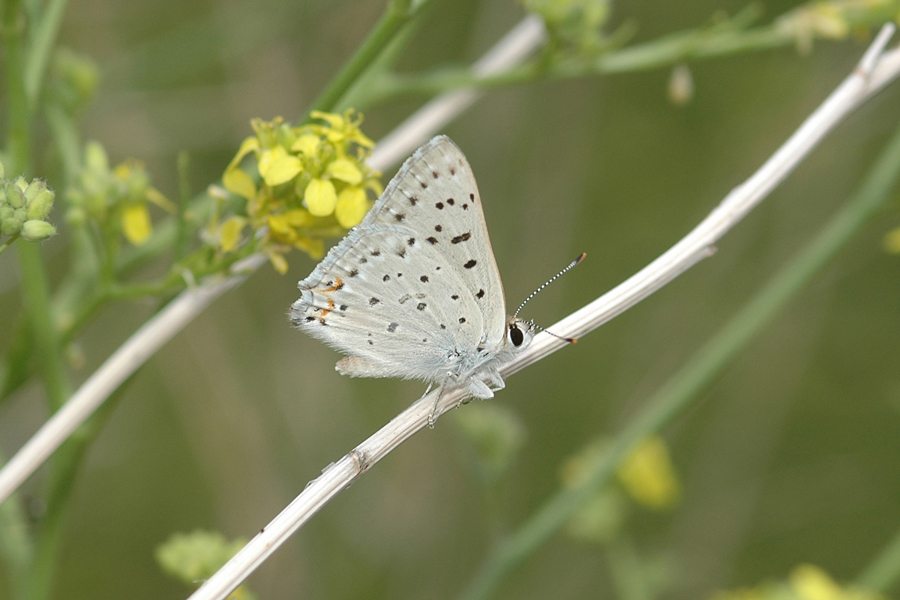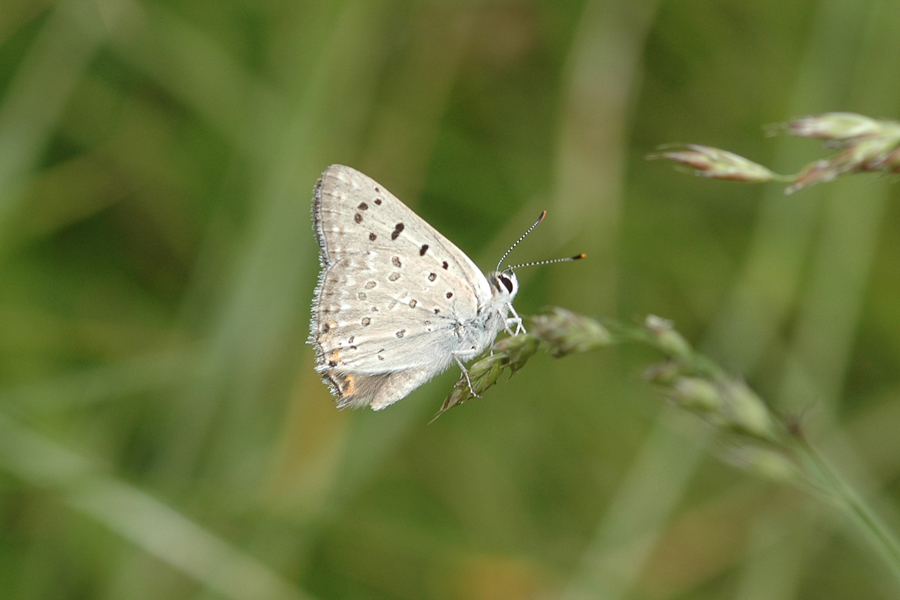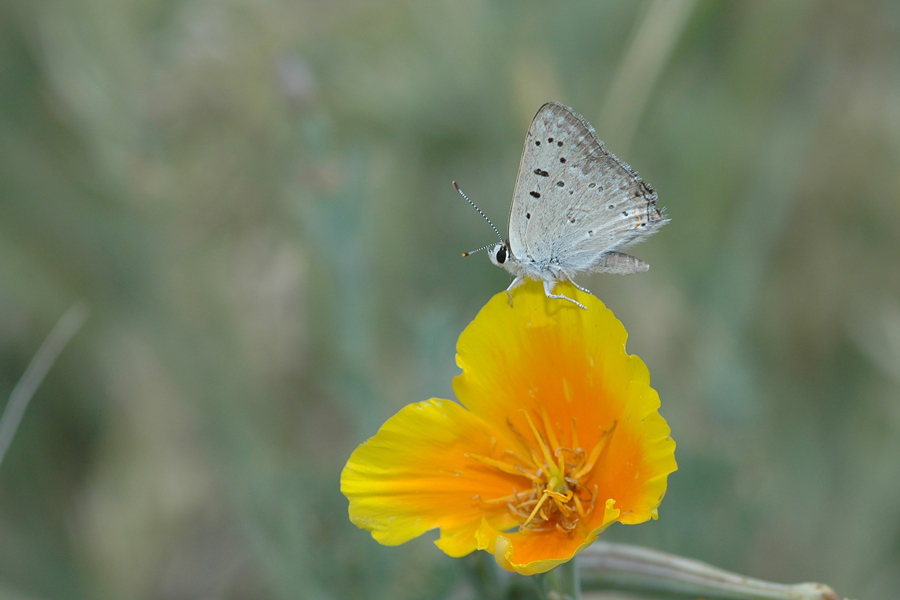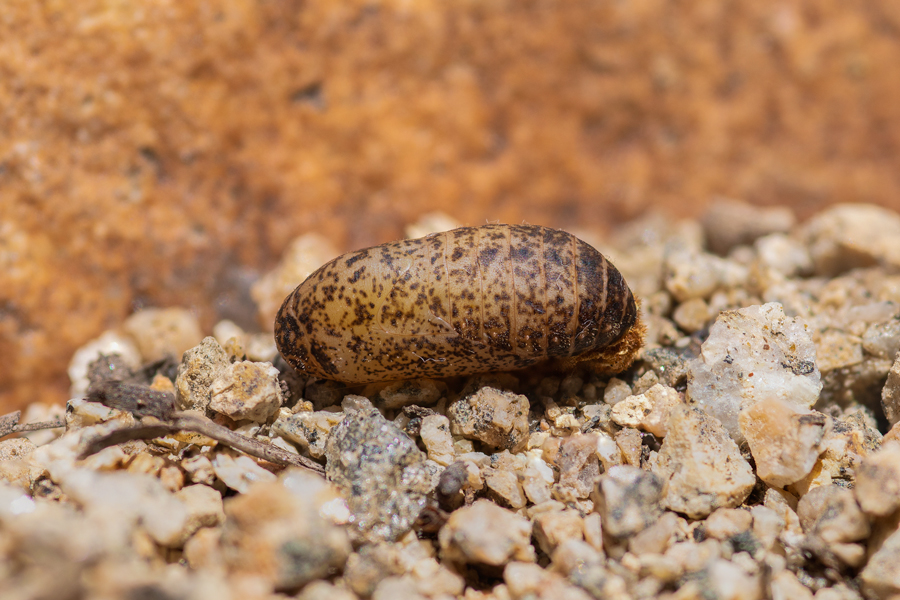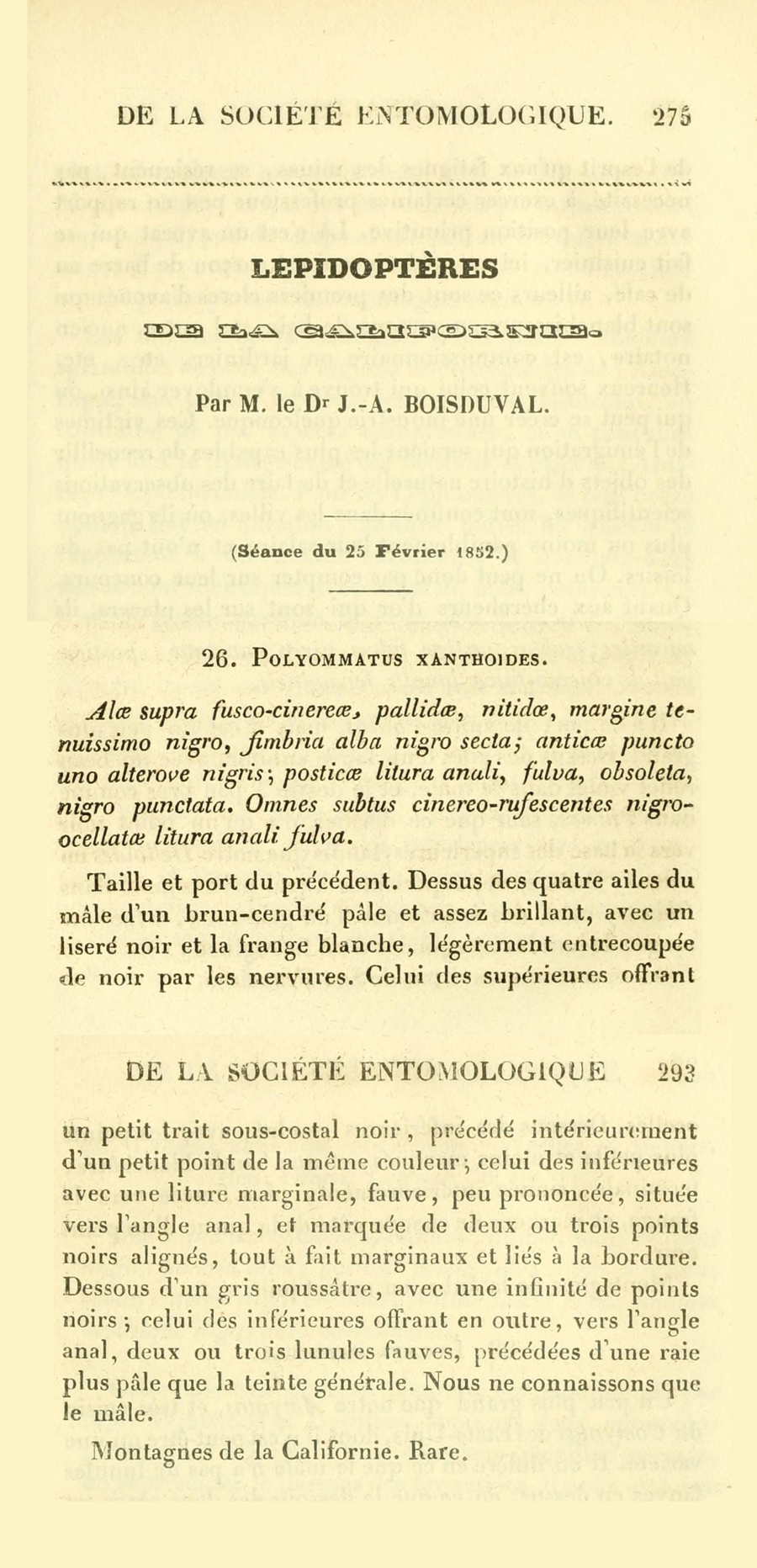Tharsalea xanthoides xanthoides
Great Copper
The great copper can be locally common but I never tire of seeing them with their sublime dorsal coloration. If you're used to looking at blues and hairstreaks, and then come across these coppers, they seem large, and for a lycaenid, they are. The flight can begin in April and end as late as August depending on the usual factors (elevation, weather patterns). This is a single-brooded butterfly that overwinters as an egg. The larval food plant is various docks (Polygonaceae), and females place the eggs at or near the base of the plants. When first instar larvae emerge the following spring, there should be fresh leaves for them to feed on.
A male great copper, Tharsalea xanthoides, at Lake Hemet. June 18, 2023.
Female dorsal of xanthoides at Cuyamaca Lake in San Diego Co. July 24, 2011.
This female was also at Lake Hemet. July 7, 2023. This is a good location for this species.
A fresh great copper from Tehachapi Mountain Park in Kern Co. June 28, 2009.
Another great copper - Lycaena xanthoides - also from Tehachapi Mountain Park in Kern Co. June 28, 2009.
Tharsalea xanthoides. Same data as above - they were common this day.
I got this Tharsalea xanthoides larva from Gordon Pratt to photograph. May 12, 2022.
Gordon also had this pupa, same day as above.
Dr. Boisduval described this copper in 1852 in the journal Annales de la Société entomologique de France. He was working with specimens sent from California by Pierre Lorquin.
©Dennis Walker
